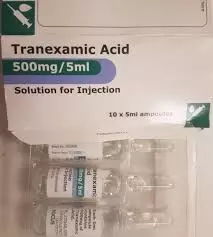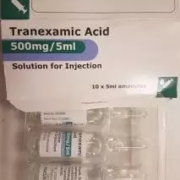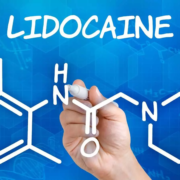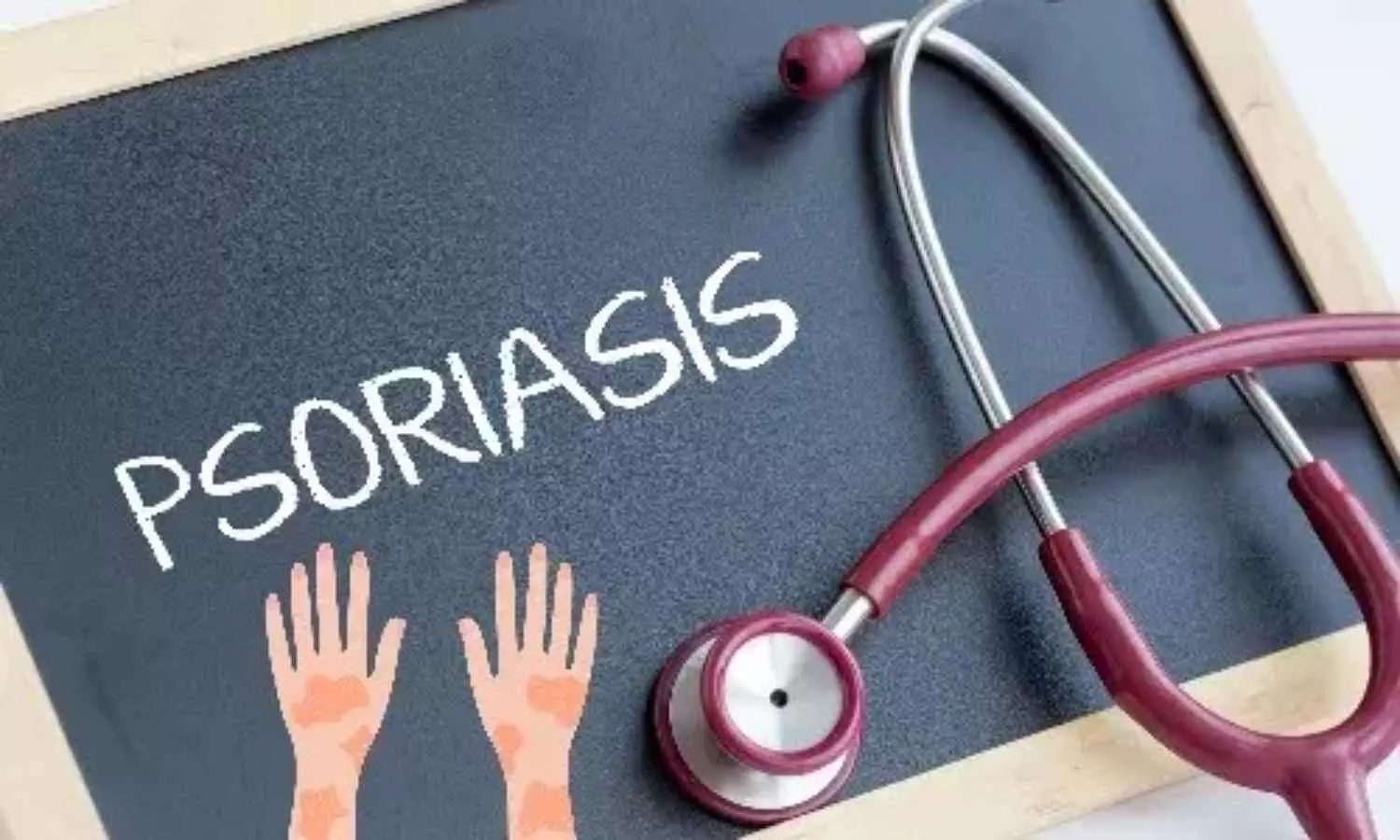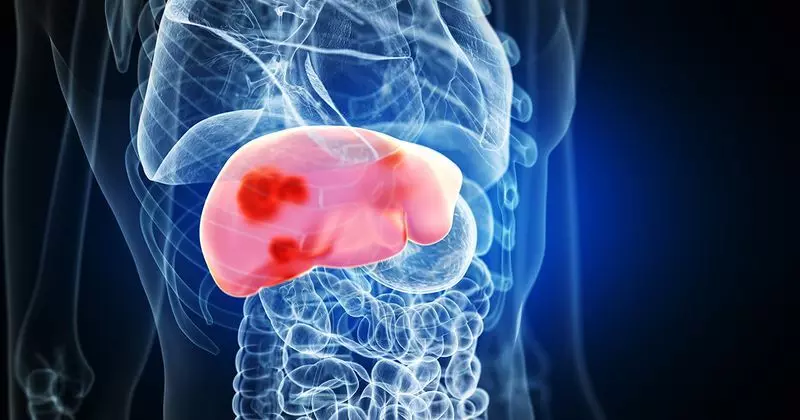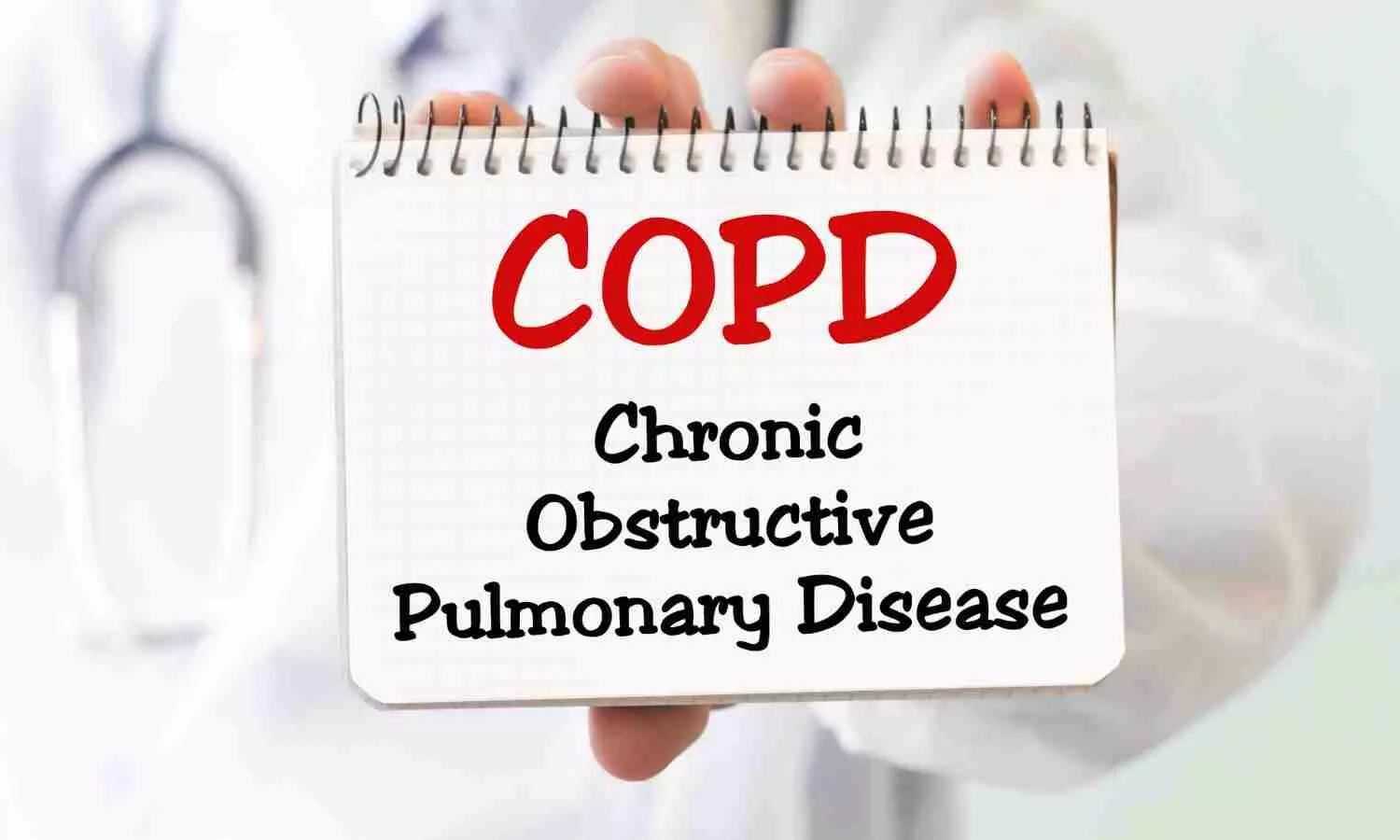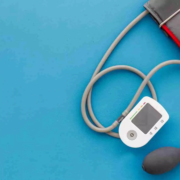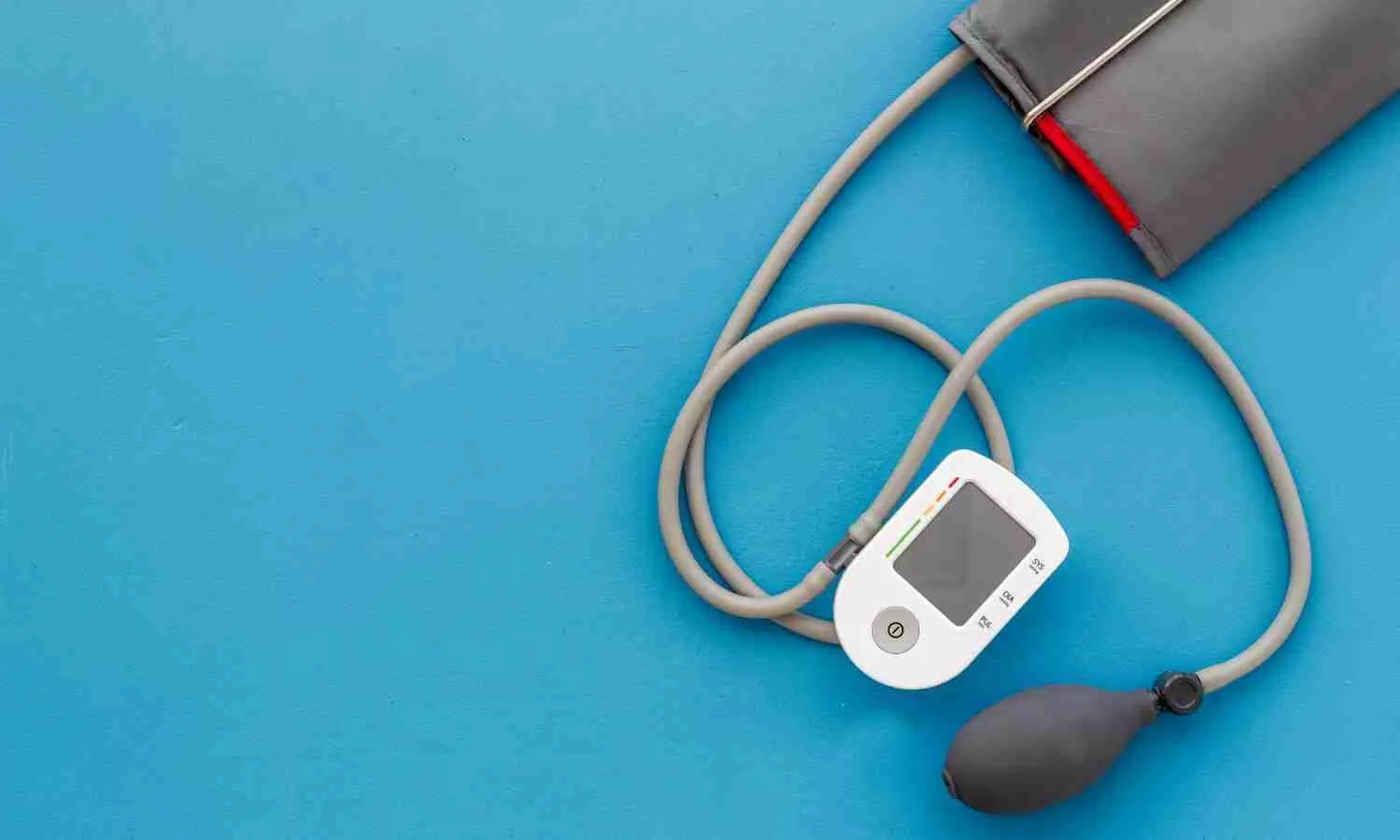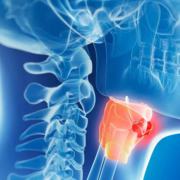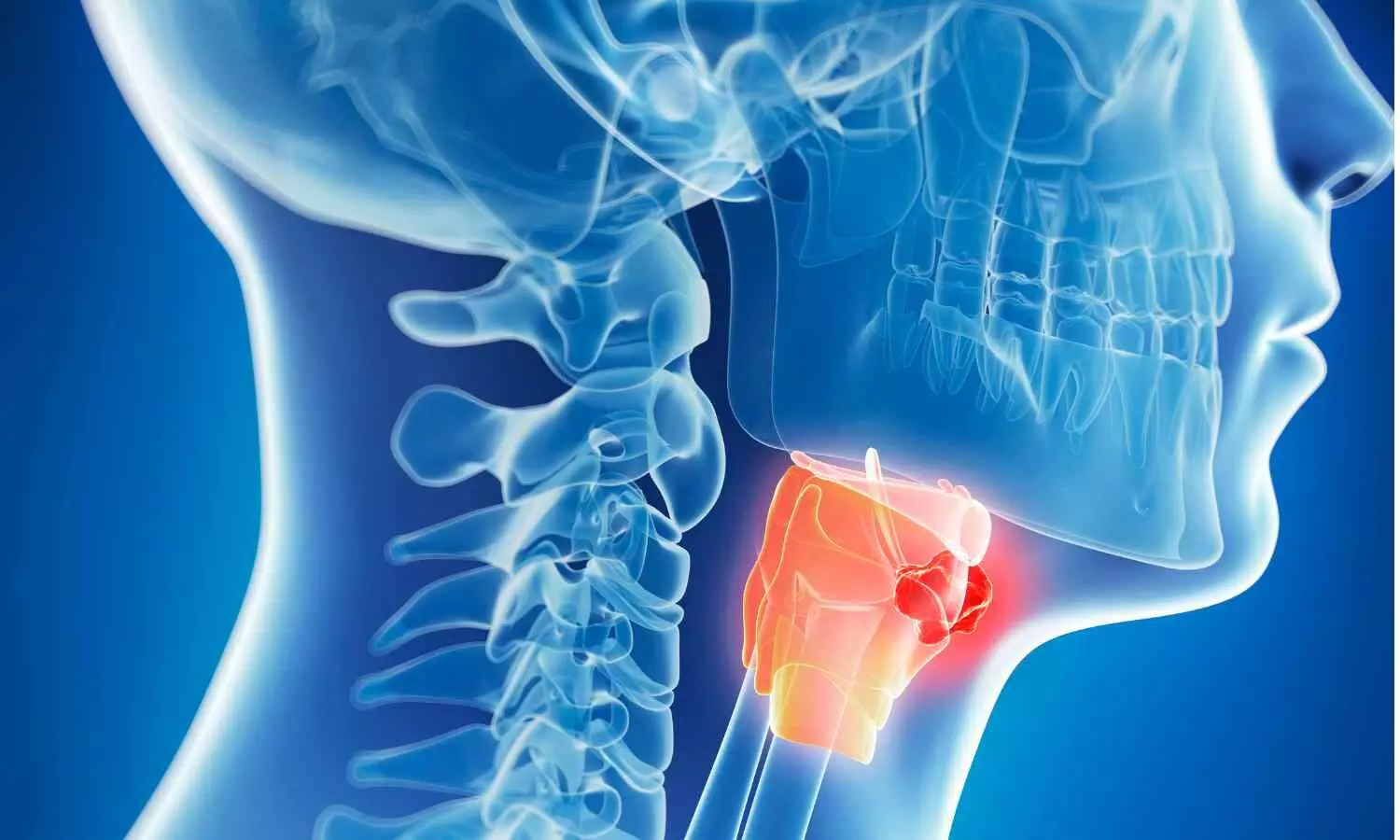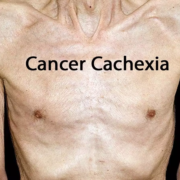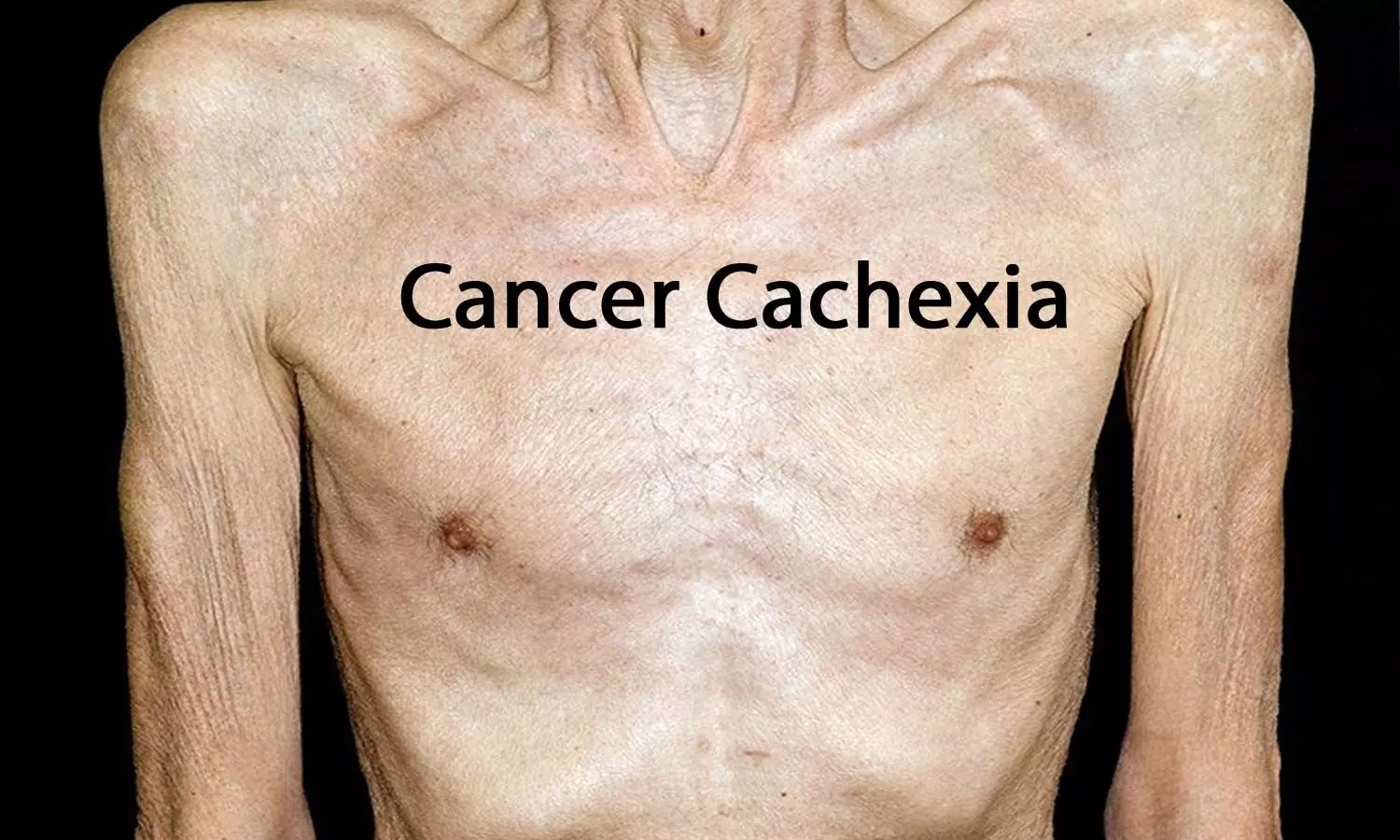USA: The American College of Cardiology (ACC) and the American Heart Association (AHA) have issued an updated joint guideline for the cardiovascular management of adults undergoing non-cardiac surgery, incorporating a decade’s worth of new research since the previous guideline was released in 2014.
The updates published in the Journal of the American College of Cardiology highlighted the most recent evidence regarding non-cardiac surgery and managing cardiovascular disease (CVD) risk factors before, during, and after the procedure.
The updated AHA/ACC guidelines provide comprehensive recommendations for managing cardiovascular disease (CVD) risk factors in patients scheduled for non-cardiac surgery. The key suggestions include appropriate cardiovascular testing, management of existing conditions, and guidelines on sodium-glucose cotransporter-2 (SGLT2) inhibitors for type 2 diabetes (T2D).
Annemarie Thompson, MD, MBA, chair of the guideline writing group and professor at Duke University Medical Center, emphasized the importance of summarizing evidence to aid clinicians. With around 300 million non-cardiac surgeries performed annually, the guidelines aim to enhance perioperative care and reduce cardiovascular complications.
Similar to the 2014 report, the updated guidelines include a perioperative algorithm to guide decision-making on blood pressure management and tailored strategies for patients with specific conditions, such as coronary artery disease and hypertrophic cardiomyopathy.
Healthcare professionals are encouraged to use targeted screenings to assess cardiac risk, with recommendations for emergency-focused cardiac ultrasound in cases of unexplained hemodynamic instability, when specialists are available. The guidelines also stress the importance of managing medications, advising that SGLT2 inhibitors should be paused 3 to 4 days before surgery to lower the risk of perioperative ketoacidosis.
In addition, the guidelines highlight the risks associated with glucagon-like polypeptide-1 (GLP-1) agonists, which may cause nausea and delayed gastric emptying, potentially increasing the risk of pulmonary aspiration during anesthesia.
Blood thinners can be safely paused before surgery and resumed postoperatively, with exceptions noted in the recommendations. The authors call for further research on myocardial injury after non-cardiac surgery (MINS), which affects about 20% of patients and is linked to worse outcomes.
The guidelines also address atrial fibrillation (AF) that may arise during or after surgery, urging close follow-up for patients with newly diagnosed AF to prevent stroke.
Developed with input from multiple medical societies, the guidelines emphasize a multidisciplinary approach to optimize care for patients with cardiovascular risks before, during, and after surgery. Thompson noted the need for collaborative efforts among specialists to improve patient outcomes in this growing population.
The following were the key takeaways from the guideline:
- A structured approach to perioperative cardiac assessment helps clinicians decide when to proceed with surgery or pause for further evaluation.
- Cardiovascular screening and treatment for patients undergoing non-cardiac surgery should follow the same guidelines as for non-surgical patients, ensuring timely interventions without unnecessary overscreening or overtreatment.
- Stress testing should be used selectively for patients undergoing non-cardiac surgery, particularly for those at lower risk, and only when testing is justified regardless of the surgery.
- Emphasizing a team-based approach is crucial for managing patients with complex anatomical or unstable cardiovascular conditions.
- New treatments for diabetes, heart failure, and obesity have important implications for perioperative care. SGLT2 inhibitors should be stopped 3 to 4 days before surgery to reduce the risk of perioperative ketoacidosis.
- Myocardial injury following non-cardiac surgery is a newly recognized condition that should be addressed, as it can have significant consequences for patients.
- Patients diagnosed with atrial fibrillation during or after non-cardiac surgery face a heightened stroke risk and require close monitoring to address reversible causes and consider long-term anticoagulation.
- Perioperative bridging of oral anticoagulants should be reserved for those at high risk for thrombotic complications and is not generally recommended for most patients.
- In cases of unexplained hemodynamic instability, emergency-focused cardiac ultrasound can be utilized for evaluation when clinical expertise is available, but it should not replace comprehensive transthoracic echocardiography.
Reference:
Thompson, A., Fleischmann, K. E., Smilowitz, N. R., De las Fuentes, L., Mukherjee, D., Aggarwal, N. R., Ahmad, F. S., Allen, R. B., Altin, S. E., Auerbach, A., Berger, J. S., Chow, B., Dakik, H. A., Eisenstein, E. L., Gerhard-Herman, M., Ghadimi, K., Kachulis, B., Leclerc, J., Lee, C. S., . . . Williams, K. A. (2024). 2024 AHA/ACC/ACS/ASNC/HRS/SCA/SCCT/SCMR/SVM Guideline for Perioperative Cardiovascular Management for Noncardiac Surgery: A Report of the American College of Cardiology/American Heart Association Joint Committee on Clinical Practice Guidelines. Journal of the American College of Cardiology. https://doi.org/10.1016/j.jacc.2024.06.013
